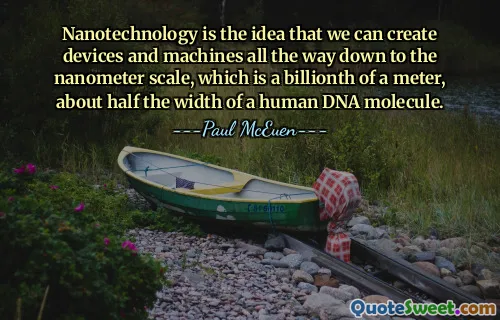Youth is only being in a way like it might be an animal. No, it is not just like being an animal so much as being like one of these malenky toys you viddy being sold in the streets, like little chellovecks made out of tin and with a spring inside and then a winding handle on the outside and you wind it up grrr grrr grrr and off it itties, like walking, O my brothers. But it itties in a straight line and bangs straight into things bang bang and it cannot help what it is doing. Being young is like being like one of these malenky machines.
In Anthony Burgess's "A Clockwork Orange," youth is likened to a mechanical toy that moves uncontrollably in a straight line, symbolizing the impulsiveness and lack of direction often associated with being young. The comparison emphasizes how young individuals may lack true autonomy, operating more like programmed devices reacting to their environment rather than making thoughtful choices. This mechanical imagery highlights the inherent nature of youthful behavior, suggesting that young people sometimes act reflexively, without full awareness of their consequences.
This perspective on youth reflects the tension between instinct and free will, underlining a sense of vulnerability in the face of external influences. By equating youthful behavior to that of a tin toy, Burgess critiques the limitations placed on the young, suggesting that growth and maturity require navigating beyond these programmed responses. Ultimately, the metaphor serves as a poignant commentary on the struggle for agency and the journey towards self-awareness in the formative years of life.
